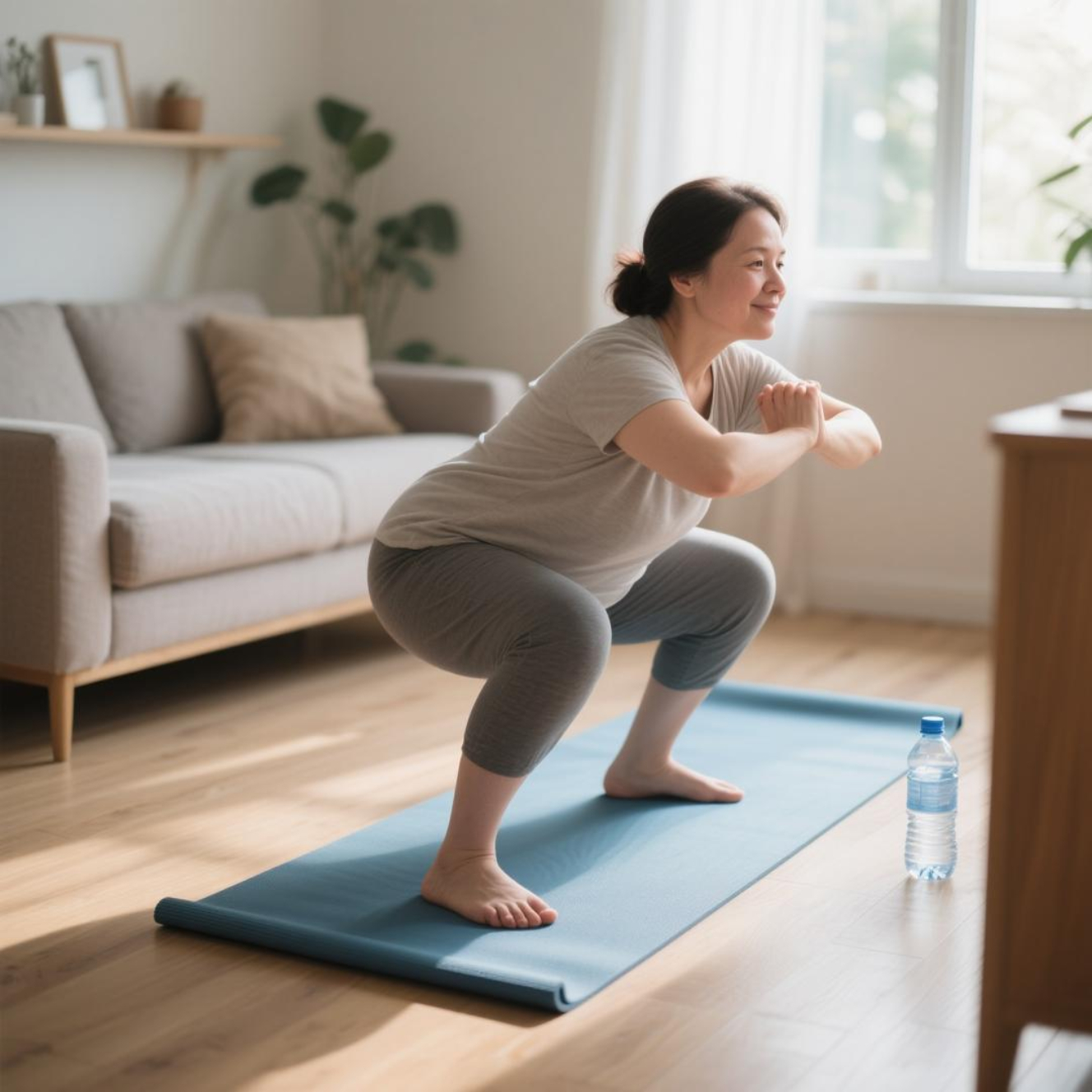Starting an exercise routine doesn’t have to be complex or intimidating — the goal is simply to take the first step. In this guide, you’ll learn how to build a simple, effective routine that fits into your real life, not an ideal one. I’ll walk you through techniques to create a consistent and sustainable habit.
Throughout this text, I’ll encourage you to stick with it — even when excuses and daily obstacles arise. The tone is friendly and welcoming, ideal for those just getting started. Ready to move from zero to active living? Let’s go, one step at a time.
Why Start Now: Immediate and Long-Term Benefits
Beginning an exercise routine brings benefits that go far beyond physical appearance. You’ll feel more energized, sleep better, and enjoy a more balanced mood — even if your goal isn’t weight loss or athletic performance. Feeling more alive and present in your own body changes everything.
In the medium term, you’ll notice improvements like better cardiovascular health, increased muscle strength, and prevention of metabolic conditions such as diabetes or hypertension. These milestones help build your internal motivation and self-trust — two essential fuels for long-term consistency.
And the long-term benefits? They’re truly powerful: healthy aging, more physical independence, and a significantly better quality of life. Starting today plants the seeds for a future that is not only longer but more enjoyable, active, and resilient.
Smart Planning: First Steps to Build Your Routine
A well-planned routine is key to not quitting after the first week. The best approach is to start small and stay realistic. Aim for three 20- to 30-minute sessions per week, combining walking, light stretching, or low-impact activities.
Use a mobile app, calendar, or physical planner to schedule your workouts and track your progress. This visual commitment keeps you accountable and reduces the temptation to skip a session “just this once.”
Review your plan every two weeks: if things feel too easy, gently increase the duration or pace; if it feels too hard, adjust and scale back a little. The goal is to strike a balance between challenge and comfort — this is what keeps you coming back.
Techniques to Stay Consistent and Build the Habit
Consistency is what turns ordinary people into extraordinary achievers. One effective technique is habit-stacking — pairing your new workout with something you already do. For instance, go for a walk right after your morning coffee, or stretch for five minutes before brushing your teeth at night.
Another powerful trick: give yourself a reward. Watch an extra episode of your favorite show, enjoy a special fruit or smoothie after working out — this creates a positive association that reinforces your habit loop.
And be patient with yourself. There will be days when motivation is low or life gets in the way. In those moments, remember the mental and physical boost you get from exercising. Showing up even on tough days builds real confidence and long-term discipline.
Simple Exercises for Absolute Beginners
If you’re new to exercising, the best place to start is with accessible, functional movements that gently wake your body up. Here are some beginner-friendly options:
- Light or moderate walking
- Bodyweight squats
- Plank holds (start with 15–30 seconds)
- Basic stretches (such as cat-cow or forward folds)
- Wall push-ups
These exercises are easy on the joints and adaptable to your fitness level. As you grow stronger, aim to gradually increase your reps, hold times, or number of weekly sessions — every little bit helps.
Common Beginner Mistakes and How to Avoid Them
One of the most common mistakes beginners make is overdoing it right away — starting with intense workouts, training daily without rest, or setting unrealistic expectations. This often leads to soreness, frustration, and early burnout.
Another pitfall is inconsistency. Skipping workouts with the promise of “starting next Monday” is a slippery slope. Even short sessions matter. Showing up regularly — even imperfectly — leads to long-term change.
Also, don’t skip tracking. If you’re not recording your workouts, it’s hard to measure progress or notice how far you’ve come. Keep a journal or app where you note how long you exercised, how you felt, and any changes. These small reflections build awareness and motivation.
Motivation and Support: How to Stay On Track
Staying motivated is an ongoing process, especially in the beginning. One great strategy is to share your goals with a friend or join an online support group. Having someone to walk with or simply check in with adds fun and accountability.
Celebrate your wins — even the small ones. Completed your first full session? Managed 30 minutes without stopping? Worked out three times in one week? These are real victories. Use visual cues like stickers, calendar marks, or progress graphs to celebrate them.
And most importantly, practice self-compassion. If you miss a day or even a week, don’t spiral into guilt. Just restart. Consistency isn’t about being perfect — it’s about coming back, again and again, no matter how many times you’ve paused.
Time to Act: Your Personalized Plan
You now have a realistic, approachable path for starting a beginner-friendly exercise routine: define your days, choose your basic movements, set your habit triggers, and reward your progress — every step counts.
Take a moment today to outline your plan for the week. Choose your workout days, pick 2 or 3 go-to exercises, set a consistent time (morning or evening), and invite a friend if you can. Don’t forget to choose a small reward — your body and mind will thank you.
Need a visual workout chart, demonstration videos, or want this guide adapted into a social media plan? Just let me know! And remember — the best time to begin isn’t “someday.” The best time is always now.
